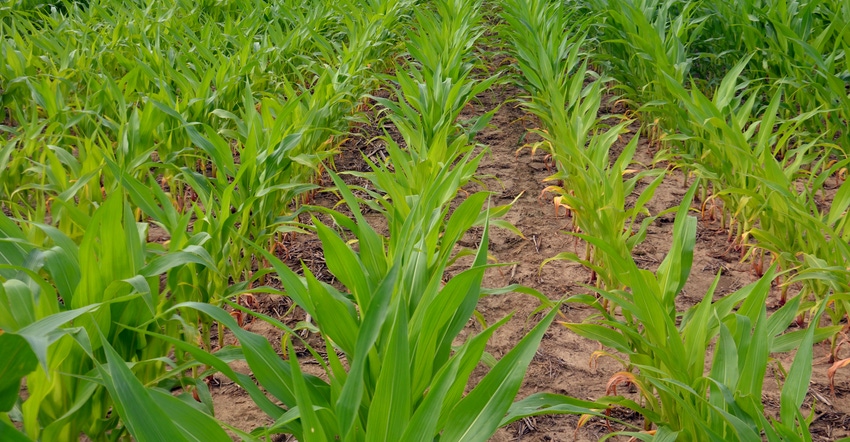
Some of you probably think you applied too little nitrogen for corn in 2021; others may think they applied too much. A combination of different application methods, a wet spring in parts of Indiana and dry weather late produced a plethora of results, from high yields to lower yields, and stalk nitrate test results ranging from super-high to normal to low. Very high stalk nitrate test results often indicate more N was applied than needed, while very low results may mean the rate was on target; if N deficiency symptoms were observed and yields were below par as well, the rate may have been too low.
How do you make sense of all this when determining nitrogen rates for 2022? Purdue University Extension specialists and agronomists suggest starting with a sound base for recommendations. Recently, Jim Camberato, Bob Nielsen and Dan Quinn issued nitrogen recommendations based on 15 years of nitrogen trials in Indiana, which began in 2006.
These recommendations break out somewhat differently by regions of the state than they have in the past. They also may look different because both corn prices and nitrogen costs are significantly higher than in recent years. Camberato notes that tables were updated so you can pick a realistic target corn price and value for nitrogen cost when plugging in numbers for your own situation and determining the nitrogen rates that make the most sense for you.
N rate summary
There is an agronomic optimum N rate (AONR) based on achieving maximum yield, an economic optimum N rate (EONR) based on maximizing dollars of net return per acre at $420 per ton for UAN and $1,225 per ton for anhydrous ammonia, and an EONR at $560 per ton for UAN and $1,625 per ton for anhydrous ammonia.
The $420 per ton UAN price corresponds to 75 cents per pound of actual N, and the $560 price represents $1 per pound of N. For anhydrous ammonia, $1,225 represents 74 cents per pound of N and $1,625 corresponds to $1 per pound of N.
In northeast and east-central Indiana, the recommended rates for AONR, EONR at medium cost and EONR at high cost are 254, 210 and 195 pounds per acre, respectively. For central Indiana, per-acre rates recommended are 232 pounds for AONR, 192 pounds for EONR medium price and 178 pounds for EONR high price. If you live anywhere else in Indiana, including if you farm sandy, non-irrigated soils anywhere, recommended per-acre rates are 211 pounds for AONR, 172 pounds for EONR medium cost and 159 pounds for EONR high cost.
To dial in rates more carefully, refer to the tables that show how crop price per bushel and nitrogen cost per pound interact to affect suggested nitrogen rates. Read the full report online.
About the Author(s)
You May Also Like




